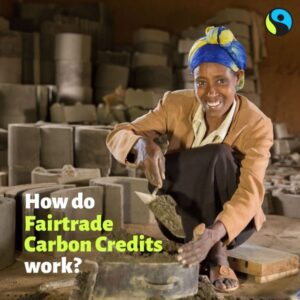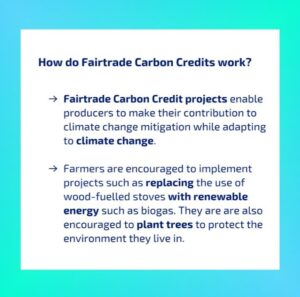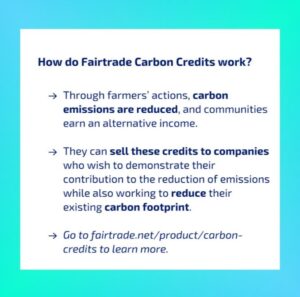
Sustainability in the International Development Sector
The sector has therefore expressed its desire to make sustainability, with equal attention to people and climate, and reporting on it central so that it can show moral leadership on this issue. The discussion in an information session with several Dutch international development organisations (on Friday 22 September 2023) once again showed the urgency and importance of this for our sector. FairClimateFund was also present to show how it collaborates with companies and development organisations like Cordaid and CARE Netherlands to tackle the climate issue jointly.
FairClimateFund: How it works
Together with partners, we work to reduce global carbon emissions and create a sustainable livelihood for people in developing countries. Reducing CO₂ emissions is paramount. Together, we look at all building, transport and production-related activities – scope 1, 2 and 3.
An ambitious internal price is then set on the remaining greenhouse gas emissions, which forms the basis for the company’s climate finance budget. This budget is used both to further reduce emissions and to invest in fair climate projects that support mitigation, adaptation, biodiversity and nature conservation.
FairClimateFund’s climate projects meet the highest human and climate quality standards. Globally, our projects are the only ones based on Fairtrade principles, such as a fair price and an additional Fairtrade premium for climate adaptation activities.
While reducing the carbon footprint within the organisation’s borders, we also help people most vulnerable to climate change to build resilience.


